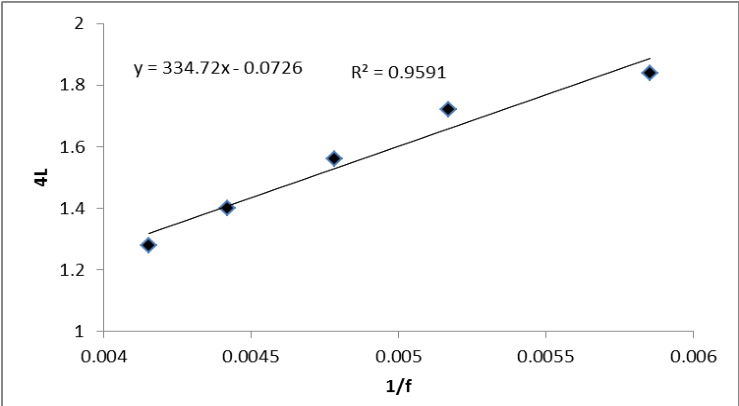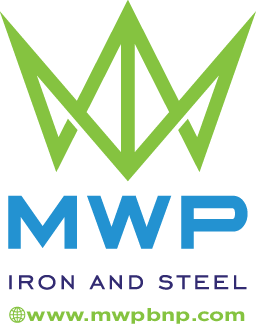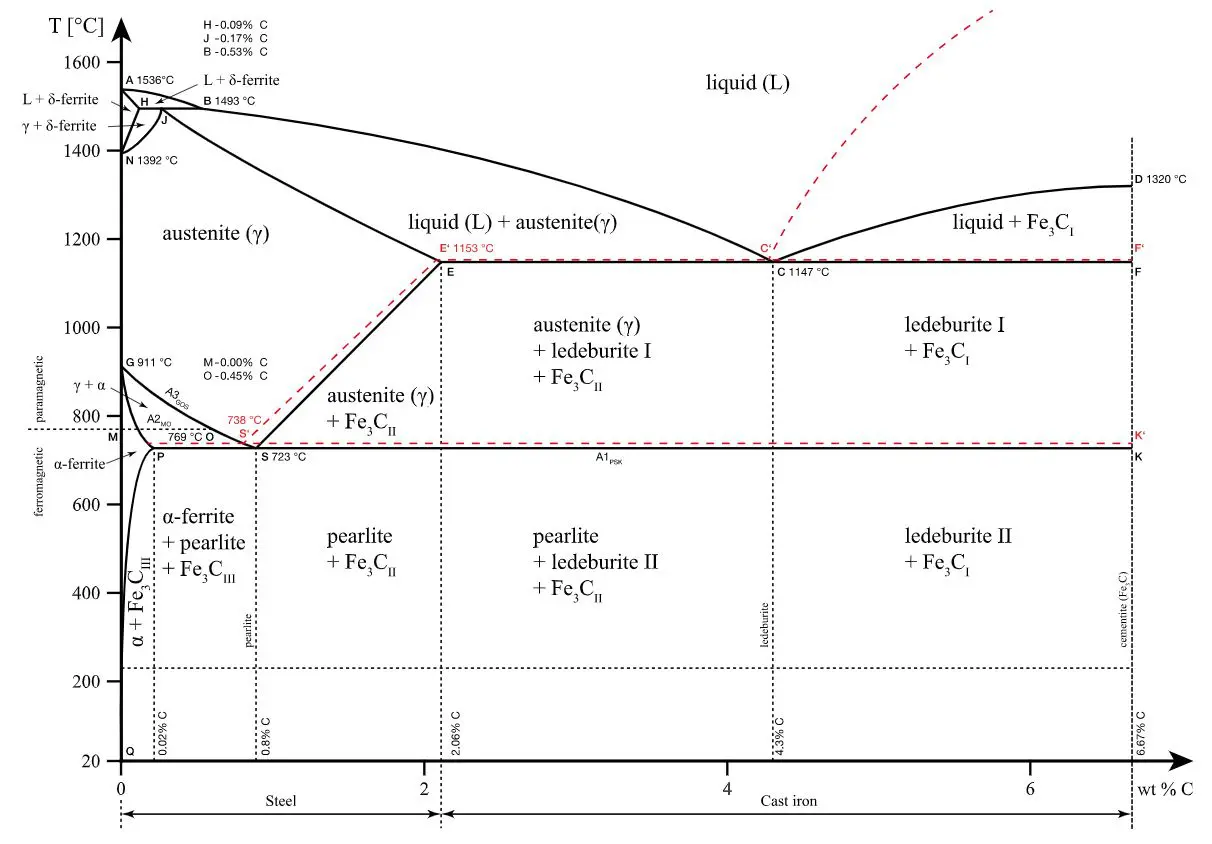4-inch Steel Pipe Prices in Pakistan:
4-inch Steel Pipe Prices in Pakistan: In the intricate realm of construction and engineering, steel pipes stand as the unsung heroes, silently bearing the weight of dreams and aspirations. From towering skyscrapers to humble homes, they form the backbone of our built environment. And at the heart of this intricate network lies the 4-inch steel pipe, a versatile and indispensable component.
But have you ever wondered about the intricacies of pricing when it comes to these steel sentinels? The world of steel pipe prices in Pakistan is a labyrinth of fluctuating costs, market trends, and supply chain dynamics. Navigating this maze can be a daunting task, especially for those unfamiliar with the intricacies of the industry.
Fear not, intrepid explorers of the construction world! This comprehensive guide will equip you with the knowledge and insights to confidently navigate the labyrinth of 4-inch steel pipe prices in Pakistan. We’ll delve into the factors that influence prices, explore market trends, and uncover the secrets to getting the best deals.
Understanding the 4 Inch Steel Pipe Market in Pakistan
Delving into the Dynamics of the 4-inch Steel Pipe Market
As we embark on our journey to unravel the complexities of 4-inch steel pipe prices in Pakistan, it’s essential to gain a comprehensive understanding of the market itself. This market, like any other, is governed by a complex interplay of factors, each playing a vital role in shaping the pricing landscape.
Overview of the 4-inch Steel Pipe Market in Pakistan
The 4-inch steel pipe market in Pakistan is a vibrant and dynamic segment of the country’s steel industry. These versatile pipes, with their nominal diameter of 4 inches, serve a wide range of applications, including construction, plumbing, irrigation, and industrial projects.
The market is characterized by a diverse range of suppliers, both domestic and international, catering to the varied needs of the construction and engineering sectors. Domestic suppliers play a significant role in meeting local demand, while international suppliers offer specialized pipes and alloys for specific applications.
You May Also Like:
- 16 Gauge Steel Pipe Price in Pakistan: A Comprehensive Guide
- Does Galvanized Steel Rust? Find Out Here!
Factors Affecting the Price of 4 Inch Steel Pipes
The price of 4-inch steel pipes is not a fixed number but rather a dynamic entity, influenced by a multitude of factors. Understanding these factors is crucial for making informed purchasing decisions and navigating the intricacies of the market.
- Grade and Quality of Steel: The quality of steel used in the manufacturing of 4-inch steel pipes directly impacts their price. Higher-grade steel, characterized by enhanced durability, corrosion resistance, and strength, commands a premium. The specific grade of steel, such as ASTM A53 or API 5L, also plays a role in determining the price.
- Wall Thickness: The wall thickness of a 4-inch steel pipe, which measures the thickness of its walls, is another critical factor influencing its price. Thicker pipes, designed to withstand greater pressure and stress, naturally cost more. Wall thickness is often specified in terms of schedules, such as Schedule 40 or Schedule 80, with higher schedules indicating thicker walls and higher prices.
- Length of the Pipe: The length of a 4-inch steel pipe also contributes to its pricing. Longer pipes require more material and labor to produce, hence their higher cost. Standard pipes come in various lengths, such as 20 feet, 40 feet, or even longer lengths for specific applications.
- Demand and Supply Dynamics: The fundamental forces of demand and supply play a significant role in shaping the price of 4-inch steel pipes. When demand for these pipes exceeds supply, prices tend to rise. Conversely, when supply surpasses demand, prices may experience downward pressure. This dynamic interplay is constantly influenced by factors such as infrastructure development, construction activities, and economic conditions.
- Import and Export Costs: Pakistan’s steel industry is largely dependent on imports, particularly for specialized steel grades and alloys. Fluctuations in global steel prices and transportation costs can directly impact domestic prices. Additionally, export demand for 4-inch steel pipes from Pakistan can influence domestic prices, as higher export demand may lead to increased prices in the local market.
By understanding these factors, individuals and businesses can make informed decisions when purchasing 4-inch steel pipes, ensuring they get the best value for their money and navigate the market with confidence.
Key Factors Influencing 4 Inch Steel Pipe Prices
Delving Deeper into the Pricing Matrix
Our journey to understanding the complexities of 4-inch steel pipe prices in Pakistan continues as we delve deeper into the key factors that influence these prices. Each factor plays a distinct role in shaping the pricing landscape, and comprehending their nuances is crucial for navigating the market effectively.
Grade and Quality of Steel: A Foundation for Pricing
The grade and quality of steel used in the manufacturing of 4-inch steel pipes stand as the cornerstone of their pricing. Higher-grade steel, with its enhanced properties and performance, commands a premium. Understanding the different grades and their impact on pricing is essential for informed decision-making.
- Steel Grades: Steel grades are standardized classifications that define the chemical composition and mechanical properties of steel. For 4-inch steel pipes, commonly used grades include ASTM A53, API 5L, and ASTM A106.
- Impact on Pricing: Higher-grade steel, such as ASTM A53 Grade B, which offers superior strength and corrosion resistance, naturally commands a higher price compared to lower-grade steel. This reflects the increased cost of raw materials, production processes, and quality control measures associated with higher-grade steel.
Ultimately, the choice of steel grade depends on the specific application and performance requirements. For general-purpose applications, lower-grade steel may suffice, while for demanding projects requiring exceptional strength and durability, higher-grade steel is the preferred choice.
Wall Thickness: A Measure of Strength and Cost
The wall thickness of a 4-inch steel pipe is a crucial specification that directly influences its price. Thicker pipes, designed to withstand higher pressure and stress, naturally cost more compared to thinner pipes. This reflects the increased amount of material used and the more complex manufacturing processes involved in producing thicker pipes.
- Wall Thickness Standards: Wall thickness is often specified in terms of schedules, such as Schedule 40, Schedule 80, and Schedule 160. These schedules represent standardized wall thickness ranges for different pressure ratings.
- Impact on Pricing: As the schedule number increases, indicating thicker walls, the price of the pipe also rises. For instance, a 4-inch Schedule 80 pipe, designed for higher pressure applications, will be more expensive than a 4-inch Schedule 40 pipe, suitable for lower pressure applications.
The choice of wall thickness depends on the specific pressure requirements of the application. For general plumbing or irrigation systems, Schedule 40 pipes may suffice. However, for high-pressure applications in industrial settings or water mains, thicker Schedule 80 or Schedule 160 pipes are necessary.
Length of the Pipe: A Factor of Material and Labor
The length of a 4-inch steel pipe is another factor that contributes to its pricing. Longer pipes require more material and labor to produce, hence their higher cost. This is a straightforward relationship, as the length of the pipe directly translates into the amount of steel used and the time and effort involved in manufacturing.
- Standard Pipe Lengths: Standard 4-inch steel pipes come in various lengths, such as 20 feet, 30 feet, and 40 feet. However, custom lengths can also be ordered for specific project requirements.
- Impact on Pricing: The price of a 4-inch steel pipe increases proportionally with its length. For instance, a 40-foot pipe will cost more than a 20-foot pipe of the same grade and wall thickness.
When selecting the appropriate length of 4-inch steel pipes, it is crucial to consider the specific project requirements and avoid over-ordering or under-ordering. Accurate measurements and careful planning can help minimize unnecessary costs associated with excess material.

Demand and Supply Dynamics: A Constant Tug-of-War
The forces of demand and supply play a significant role in shaping the price of 4-inch steel pipes. When demand for these pipes exceeds supply, prices tend to rise, as suppliers have the leverage to charge higher prices. Conversely, when supply surpasses demand, prices may experience downward pressure, as suppliers compete to attract buyers.
- Demand Factors: Demand for 4-inch steel pipes is driven by various factors, including infrastructure development, construction activities, industrial projects, and agricultural irrigation systems.
- Supply Factors: The supply of 4-inch steel pipes is influenced by domestic production capacity, import availability, and global steel market conditions.
The interplay of demand and supply is constantly evolving, making it essential for buyers to
Where to Buy 4 Inch Steel Pipes in Pakistan
Navigating the Supplier Landscape
Now that we have delved into the intricacies of 4-inch steel pipe prices and the factors influencing them, it’s time to explore the avenues for acquiring these essential components. Pakistan’s steel industry boasts a diverse range of suppliers, each with its unique offerings and strengths. therefore, Understanding the different supplier types and their advantages. It can empower buyers to make informed decisions and secure the best deals.
Reputable Steel Pipe Suppliers: A Cornerstone of Reliability
Reputable steel pipe suppliers form the backbone of the market. Offering a wide range of 4-inch steel pipes in various grades, wall thicknesses, and lengths. These suppliers prioritize quality, adhere to industry standards, and maintain transparent pricing practices.
- Identifying Reputable Suppliers: Conduct thorough research to identify reputable suppliers with a proven track record of quality, reliability, and customer satisfaction. Online reviews, industry associations, and recommendations from peers can provide valuable insights.
- Advantages of Reputable Suppliers: Purchasing from reputable suppliers offers several advantages, including:
- Guaranteed Quality: Reputable suppliers prioritize quality assurance measures to ensure that their products meet industry standards and customer specifications.
- Technical Expertise: Reputable suppliers possess in-depth knowledge of steel products and applications, providing valuable technical advice and guidance to customers.
- Reliable Delivery: Reputable suppliers maintain efficient supply chains and transportation networks, ensuring timely and reliable deliveries.
Online Marketplaces and E-commerce Platforms: Expanding Reach and Options
The advent of online marketplaces and e-commerce platforms has revolutionized the way businesses operate, and the steel industry is no exception. These platforms offer a convenient and accessible way to browse, compare. And purchase 4-inch steel pipes from a wide range of suppliers.
- Advantages of Online Marketplaces:
- Convenience: Online platforms provide a user-friendly interface for browsing product listings, comparing prices, and placing orders.
- Wider Range of Options: Online platforms often aggregate offerings from multiple suppliers, providing buyers with a wider selection of products and prices.
- Transparent Pricing: Online platforms often display pricing information clearly, allowing for easy comparison and price discovery.
Industrial Zones and Steel Mills: Direct Sourcing and Specialized Products
Industrial zones and steel mills offer a unique opportunity to source 4-inch steel pipes directly from manufacturers. This approach can provide access to specialized products and potentially lower prices, especially for large-scale orders.
- Advantages of Direct Sourcing:
- Access to Specialized Products: Industrial zones and steel mills may offer specialized steel products not readily available through general suppliers.
- Potentially Lower Prices: Direct sourcing can eliminate the middleman, potentially leading to lower prices, especially for bulk orders.
- Quality Assurance: Direct sourcing allows for direct interaction with the manufacturer, enabling quality assurance and customization.
When considering direct sourcing from industrial zones or steel mills. It is essential to conduct thorough due diligence, assess production capabilities, and negotiate pricing effectively to maximize the benefits of this approach.
Conclusion
The world of 4-inch steel pipe prices in Pakistan may seem complex. So, with the right knowledge and strategies, you can navigate this labyrinth with confidence. By understanding the factors influencing prices, staying informed about market trends. And carefully selecting suppliers, you can ensure you get the best quality pipes at the most competitive prices.
Related Articles:
MS Pipe Sizes | Schedule 40 Pipe | Everything You Need To Know
How Strong Is Galvanized Steel Pipe? Everything You Need To Know



